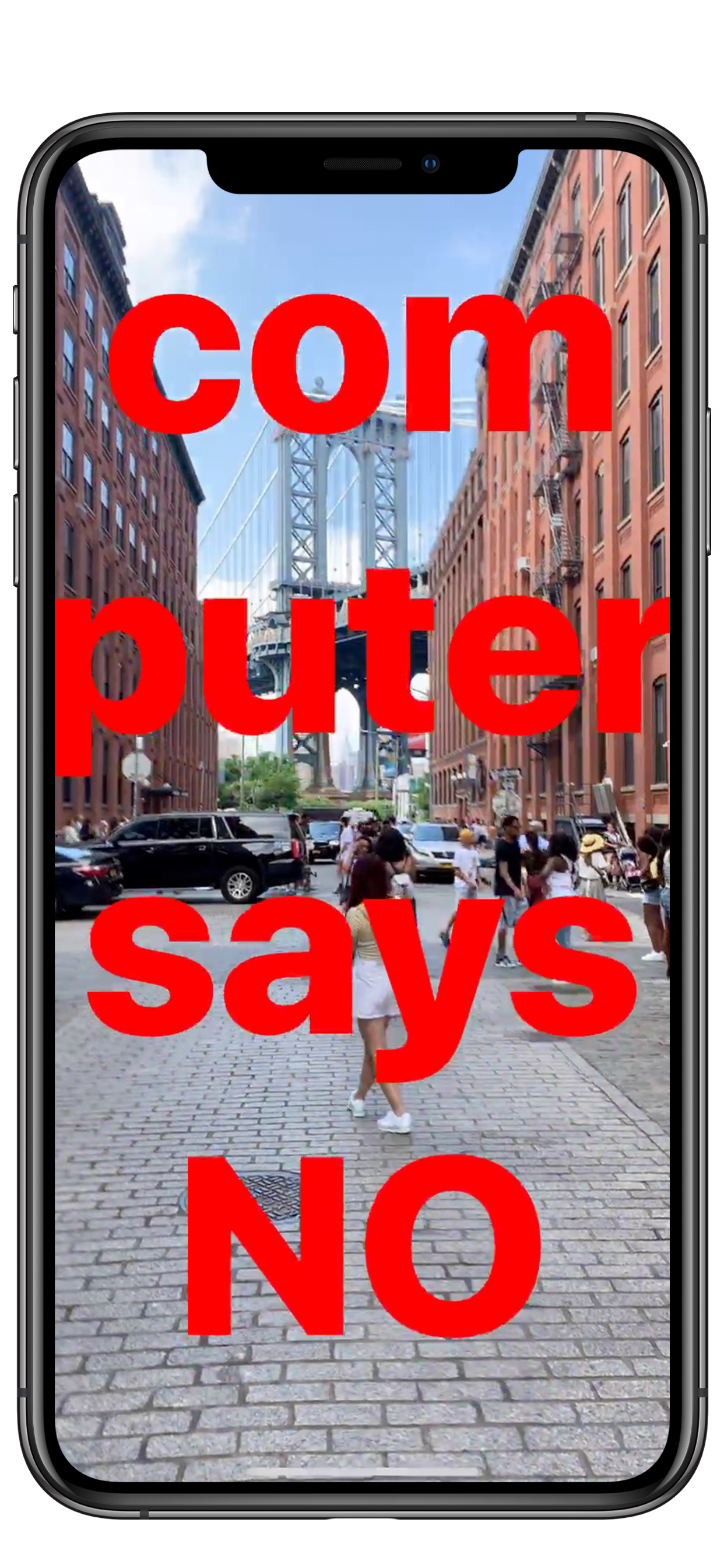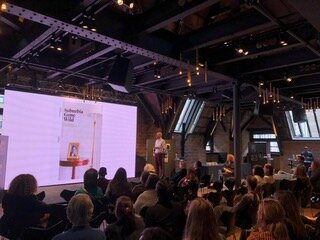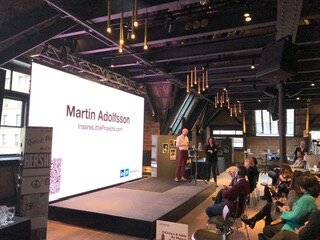Q&A with John Francis Peters
How would you describe your work?
My work is rooted in the documentary, art, and journalistic traditions but I tend to just call myself a photographer. I don't think I fully fall into any of the general photographic genres. At the core of my work process is an effort to make multi-dimensional photographs that may inform and while also embracing some mystery. It's a conscious effort to balance between these two dynamics.
Is there anything you want to shoot more of?
Right now I'm just looking forward to traveling again to make work. I'm an explorer at heart and normally travel consistently around the US and internationally. So now as I approach almost a year of not having traveled as usual, because of the pandemic, of course, I'm feeling anxious to get out. This time has definitely made me more aware of how important being out in the world is to me.
Looking back 10 years, what has changed and what hasn’t changed?
So much has changed in the past decade. The big thing is that I moved to Southern California and began working as a freelancer. That has totally shifted my life in so many ways and especially in the direction, my work has taken. I've been able to live in a dynamic part of the country and focus on building long-form bodies of work.
The move had also really inspired me to become a healthier person, both physically and creatively. It's a huge difference from where I was when I was living in New York. What has not changed at all is my passion for photography. My work process has evolved and I've learned more about what I'm best at but I'm still just a wanderer, embracing intuition as my guiding force.
What’s the one thing that has surprised you the most of the last decade?
Many things have been unexpected, to be honest. I've been able to work on incredible projects with so many talented editors and writers. That has been something I've worked towards but never fully expected. I've lost loved ones that I was very close to which was unthinkable even a year ago.
I've watched my country grow more extreme but also come together in ways I've dreamt of since I was young. As we say 'life is full of surprises' and sometimes those unexpected experiences may render incredible beauty and other times unthinkable darkness.
Going back to 2010, is there anything in terms of your career you’d have done differently?
Not really too much. I'd maybe have left the desk job I was at a bit earlier but I'm grateful to have had that opportunity too. It taught me a great deal about the editorial industry, its good and bad sides. I've had a very unconventional career path in general because I did not start off as a photographer in school. So my creative life has really been about taking chances to do what I care most about and love.
Has your approach to your work/profession changed - if yes, how?
Well at this point I'm shifting into a zone where I really want to hone in on my true interests and strengths. But, I will forever be a student of the medium and will always try to avoid drifting into conceptual or aesthetic stagnation.
So the journey as an artist will continue to evolve. I hope to make new discoveries as time goes on and continue to fully focus on producing long-form projects. Moving forward with photography, I just always want to stay true to myself and as long as I'm allowing my heart to guide the path ahead all will be ok.
Has your approach to your non-professional life changed - if yes, how?
I mean you hear it all the time, moving to California is for many about embracing a healthier lifestyle and I can definitely vouch for that now. I'm an outdoorsy type and into running, playing basketball, boogie boarding, hiking, and I can do those things here all year long while also engaging with a big city.
This as opposed to my past lifestyle which consisted of commuting on a bus 3-4 hours a day, 5 days a week, into a stressful environment, drinking alcohol, and often eating like shit. I made the decision to live that way for 5 years and it just really wore me down. I love New York, it's where I'm from and my heart will forever be there but I don't think I could ever live my life that way again.
What do you know now, that you didn’t at the time you took the last portrait?
I feel I now have much more control of and a better understanding about my photographic process. I've produced a lot of work since that time and of course, have refined the direction in how I make portraits. At the core of my process is the goal of finding unexpected moments and producing nuanced images and maybe I just have a better sense of how to hopefully achieve that outcome.
Has your relationship with photography changed since 2010, if yes, how?
The experiences I've had working as a freelance photographer for the past 10 years have taught me more than words can express. I've learned about my purpose using this medium to communicate and now know true art-making is completely intertwined with everything else in life from family, to my relationships with friends and communities.
I've grown more intimate with the medium and like any long relationship that works, your journey through life and make discoveries together over time. For me, photography is really that balance, the synergy between the inner and outer worlds. When it works it speaks to the greater unknown, that which is experienced in birth or death, but as artists, we are blessed with an ability to experience every day.
Bio
John Francis Peters is a photographer based in San Diego, California. His diverse body of work ranges from projects that explore emerging culture and environments in transition, to the portraiture of influential personalities. John’s work has been profiled by The New Yorker, The New York Times, Harvard University, and TIME magazine and he has been appointed to produce original works for public venues such as Grand Park in Los Angeles.
https://www.jfpetersphoto.com













